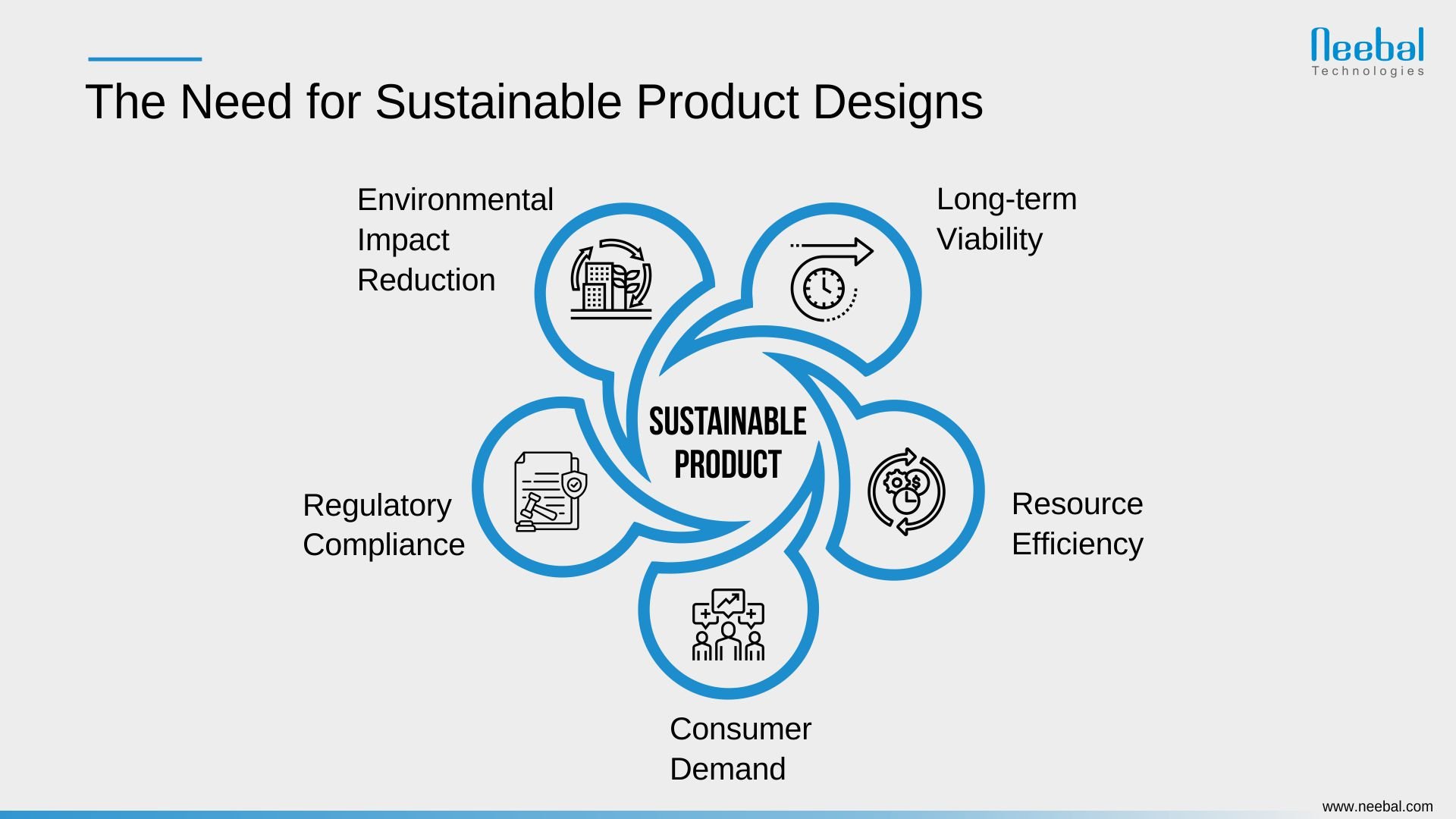In today's world, escalating concerns about climate change, resource depletion, and environmental degradation have pushed sustainability to the forefront of global discussions. As a result, organizations are facing increasing pressure to adopt sustainable practices, not only in their operations but also in their product designs. Sustainable product design goes beyond mere greenwashing; it involves creating products that have a positive impact on the environment, society, and the economy throughout their entire life cycle. In this blog, we will explore whether organizations are doing enough towards sustainable product designs, the need for such initiatives, current trends, and relevant data that reflect the present scenario.
Are Organizations Doing Enough?
The efforts made by organizations toward sustainable product designs are commendable. Many companies across various industries have taken significant steps to incorporate sustainability into their product development process. They are investing in research and innovation to find eco-friendly materials, energy-efficient manufacturing techniques, and improved product designs. Additionally, the shift towards a circular economy approach is gaining momentum, with more products being designed for durability, reparability, and recyclability.
However, while progress has been made, there is still much to be done. Some organizations may focus on greenwashing, merely presenting an environmentally friendly facade without substantial changes in their product designs. There remains a need for greater transparency, accountability, and measurable outcomes in sustainability initiatives.
The Need for Sustainable Product Designs

Environmental Impact Reduction:
Unsustainable products can exacerbate environmental issues, leading to increased waste generation, pollution, and resource depletion. By designing products with lower environmental impacts, organizations can contribute to preserving natural resources and minimizing their ecological footprint.
Regulatory Compliance:
Governments and international bodies are increasingly implementing stringent regulations and standards related to sustainability. Organizations that fail to integrate sustainability into their product designs may face legal and reputational risks.
Consumer Demand:
Modern consumers are more environmentally conscious and expect responsible products from the companies they support. Sustainable product designs can attract a larger customer base, enhancing brand reputation and competitiveness in the market.
Resource Efficiency:
Sustainable product designs often encourage the efficient use of resources during production, leading to cost savings and reduced reliance on non-renewable materials.
Long-term Viability:
Organizations must consider the long-term viability of their products in a world facing environmental challenges. Sustainable designs ensure that products remain relevant and marketable in a changing global landscape.Trends and Data
Corporate Sustainability Reports:
Many organizations publish annual sustainability reports that provide insights into their environmental and social initiatives. These reports often include data on sustainable product development and environmental impact reduction.
Circular Economy Initiatives:
The concept of a circular economy is gaining traction, with various industries exploring ways to design products for reuse, refurbishment, and recycling. The Ellen MacArthur Foundation's Circular Economy 100 network demonstrates how businesses are embracing this approach.
Green Certifications:
Companies seek green certifications such as LEED, B Corp, and Cradle to Cradle to demonstrate their commitment to sustainable product design. The growing number of certified businesses reflects a positive trend toward sustainability.
Life Cycle Assessments (LCA):
LCAs are becoming more prevalent in product development, enabling organizations to identify hotspots and optimize design choices for reduced environmental impacts.
Conclusion
Organizations have undoubtedly made significant strides toward sustainable product designs, recognizing the urgency of addressing environmental challenges. Increased awareness, consumer demand, and regulatory pressures contributed to this positive shift. However, there is still room for improvement, as some organizations may prioritize short-term gains over long-term sustainability.
Companies must embrace transparency, data-driven decision-making, and a holistic approach to sustainability to bridge the gap between intent and impact. Collaboration between businesses, governments, and consumers is essential for driving more significant change in sustainable product designs. By continuing to invest in research, innovation, and responsible practices, organizations can play a vital role in shaping a more sustainable future for our planet.
